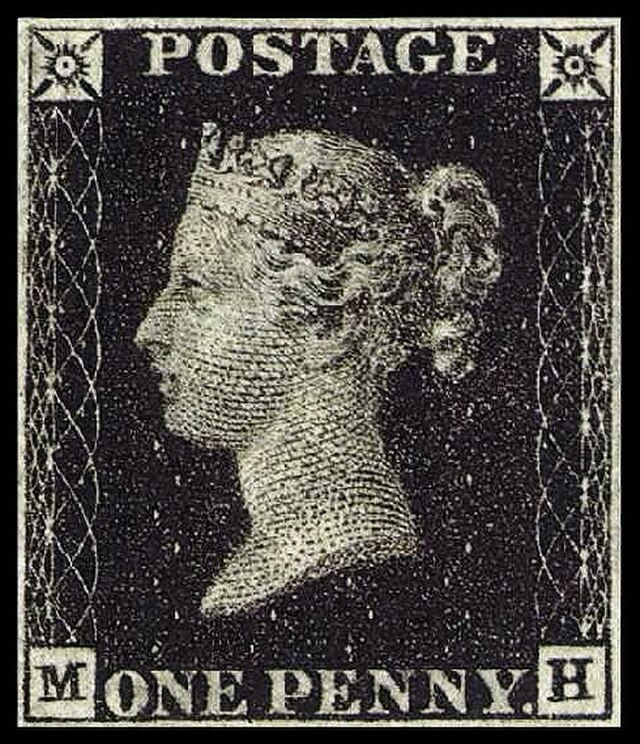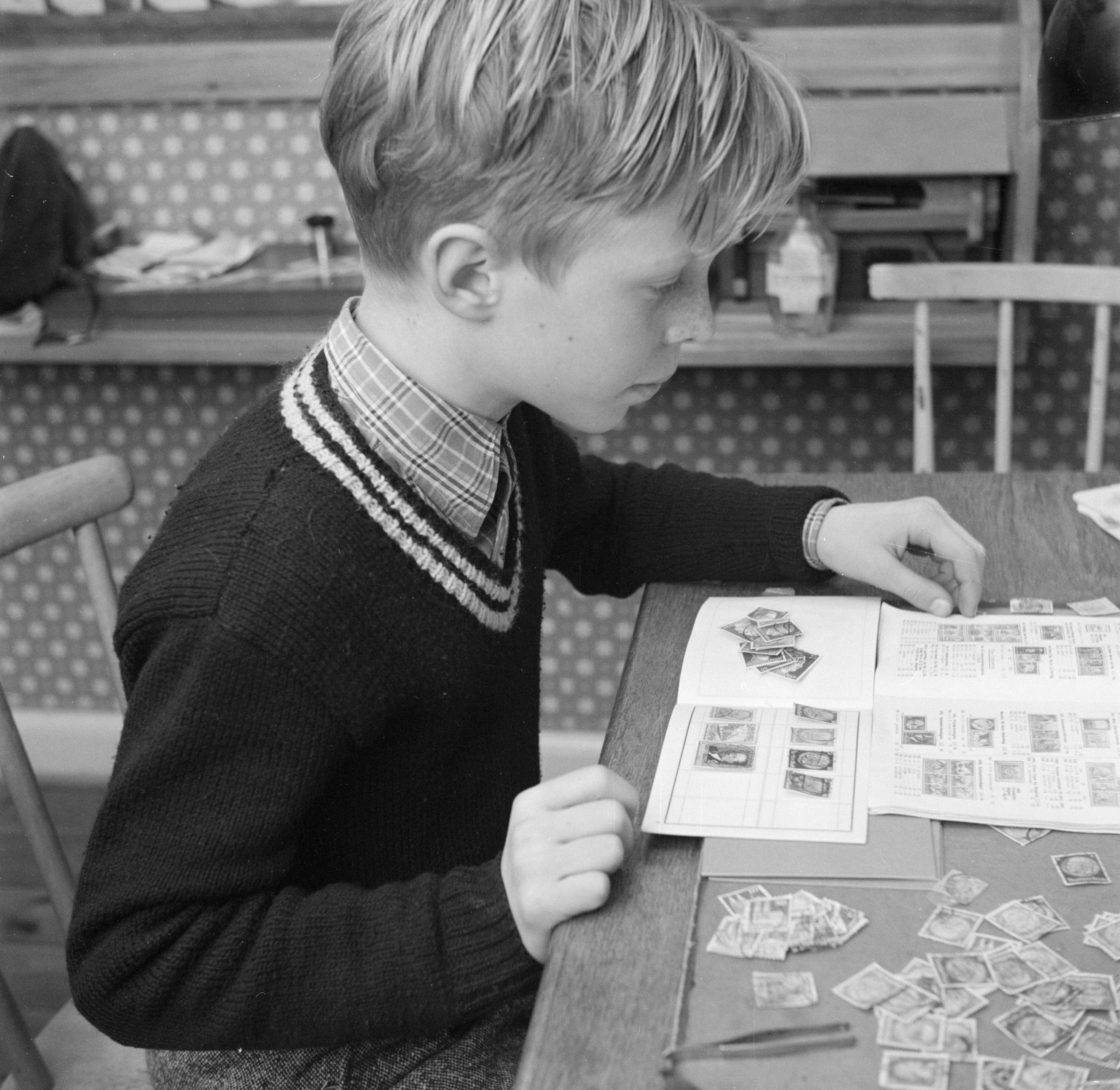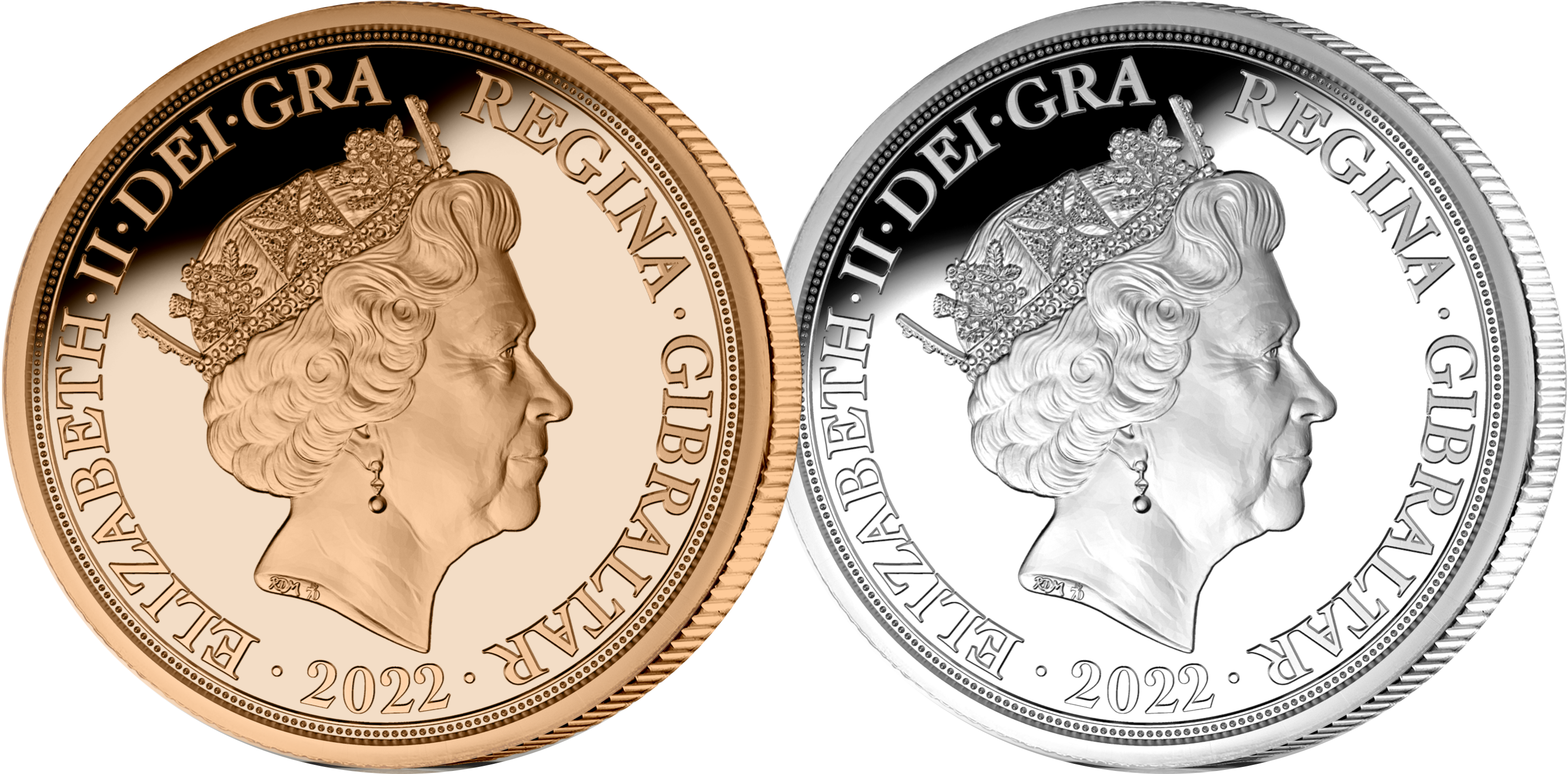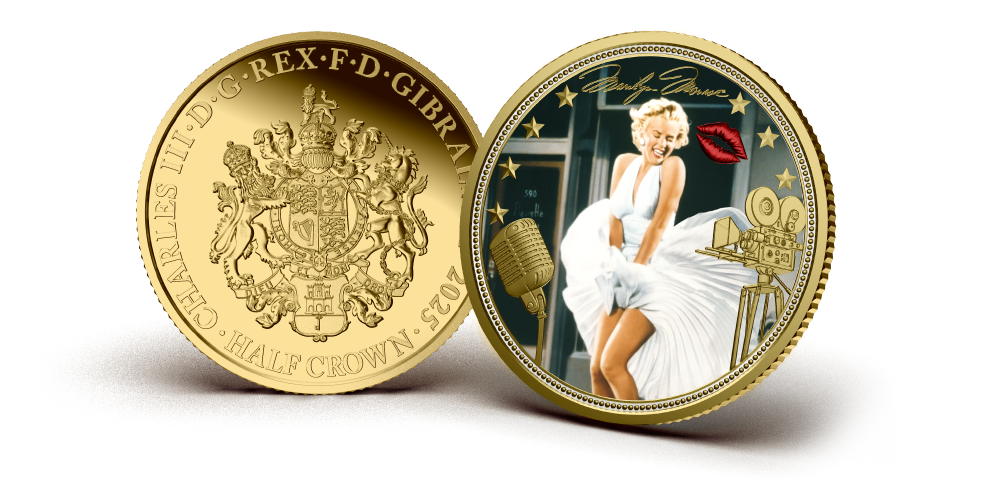
Justin Robinson, Historian at the London Mint Office
My first experience of collecting came during childhood when I was given a Famous Five book to read. The book had a number on the spine, and when I realised that Enid Blyton had written another twenty books in the series, I was determined to track them all down, one by one. It took me a while, but eventually I could proudly display all twenty-one books in an orderly row in my bookcase. No sooner was my collection complete than my interest quickly moved on to Doctor Who books, and a new one began.
There’s something almost universal about collecting; it is a pastime as old as civilisation itself. Whether it’s books, vintage stamps, rare coins, classic comics or quirky memorabilia, people have always felt the irresistible urge to gather, organise and treasure the objects that speak to them. Across cultures and generations, the world of collecting offers something for everyone. For many, collecting is more than a hobby – it is a journey shaped by curiosity, nostalgia, and a keen eye for detail. It is a way of connecting with history, culture, and even ourselves.

But why do we do it?
Is it the thrill of the hunt?
The satisfaction of building something complete?
Or is collecting simply a mindset - something you either have or you don’t?
The Thrill of the Hunt
There’s no single reason why people become collectors. For some, the magic lies in the chase. There’s an unmistakable rush when you finally stumble across that elusive trading card, book, stamp or coin you’ve been searching for. It’s not just about the item itself, but about the story of finding it.

Think about trading cards. Although I was never a huge fan of sports, I can remember the thrill of buying packs of football cards from the local shop to fill an album and swapping cards I already owned with my schoolmates in the playground. Today, it is a multi-billion-dollar market where limited-edition holographic cards can spark fierce bidding wars online. As anyone who has ever collected cards will tell you, every unopened pack represents a dream - a lottery ticket with the potential to shower you in riches and make you the envy of your friends.
Every collector knows the excitement of discovering an item that completes a set or fills a longstanding gap. Car boot sales, jumble sales, antique shops, online auctions and specialist fairs become treasure troves; each one holding the promise of an unexpected find. The treasures we find become hard-won trophies of perseverance, patience and, sometimes, pure luck. For many of us, it is the stories of how we came to track them that make collecting so addictive.
Passion for History and Culture
Not everyone chases collectables for rarity alone. For many, it’s about passion and connection. Old coins, stamps and banknotes can be works of art in their own right, capturing cultural milestones, shifting empires, national heroes, historical figures and evolving craftsmanship. Collecting these opens a window into the past and presents us with the opportunity to hold history in our hands.
Collecting sports, music, and movie memorabilia taps into our personal passions for our heroes. Our collections become our credentials for fandom and show that we belong to a particular community.
Then vs. Now: How Collecting Has Changed
A few decades ago, collecting was a more local experience; you visited jumble sales and second-hand shops in the hope that you would find something to add to your collection.
Today, the internet has transformed everything, with online marketplaces, grading services and global auctions making collectables more accessible - and more competitive. Trading cards now come sealed in slabs, rated on condition by professional companies, and often traded as investments rather than just collectables. It is not unusual to see six-figure price tags on particularly rare pieces, attracting investors alongside passionate collectors.

Yet, despite the financial hype, the heart of collecting hasn’t changed. Whether it’s a child proudly showing off their first card or a historian cherishing a centuries-old coin, the joy lies in the connection between the collector and the object.
Is Collecting a Mindset?
Here’s a big question: Is collecting something we choose, or is it just part of who we are? Some people can pass a table of old coins or a binder of cards without a second thought, while others feel an irresistible pull.
Psychologists suggest it ties to personality traits - a mix of curiosity, appreciation for order and, perhaps, a touch of nostalgia. Collectors often describe themselves as having “the bug,” something that, once caught, never really goes away.
But maybe that’s what makes collecting so special; it’s not purely rational, nor purely emotional - it’s both. The hunt excites us, the objects inspire us, and the collections themselves become extensions of our stories.
The Endless Journey

Collecting, whether it’s cards, stamps, coins or banknotes, isn’t about having everything - it’s about the joy of the pursuit, the connection to culture and history, and the satisfaction of seeing a collection slowly take shape.
For many collectors, it is the journey that is every bit as rewarding as the final destination. In a world where so much feels fast and fleeting, collecting offers something that endures. Collecting is both an art and a science—combining passion and patience with perseverance.
So perhaps the art of collecting isn’t really about the objects at all; maybe it’s about us - our need to seek, to preserve, and to find meaning in the things we hold onto.
And for those who feel the call, one thing is certain: the collection is never truly finished.



